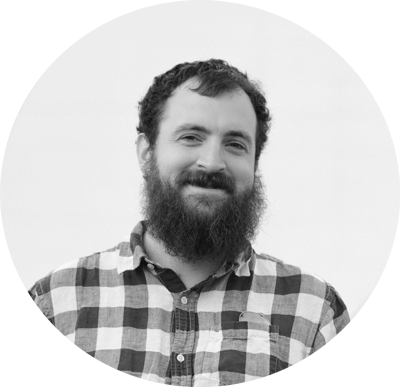The Design Process: What We Do and Why
Like any other profession, designers each have their own tools and methods to getting their work done. Ultimately, the end goal is the same: to produce great design that will help your business grow.
We believe in offering a consistently great experience for our clients by following a long-established best practice design process. Every client and project is a little bit different, but the steps we take to accomplish their goals usually take this straightforward approach:
1. Research
The first step of any successful design project is the oft-overlooked research phase. We observe the world around us for inspiration on a continuous basis, but it’s critical to get a thorough understanding of a project and its goals from the outset.
Generally speaking, the larger the project - the more research required. However, even something like a simple brochure project should start with an interview or questionnaire, and an awareness of the target audience, relevant trends and competitive landscape.
2. Sketching
The importance of research and planning is often understated - but before we dive into the full planning process, we like to do a little sketching first! It might be just a few rough ideas, or we might explore numerous variations and iterations. In the end, we’ll have projected some ideas that will help inform us when we come to planning out the details of the project.
3. Planning
Sketching and planning often go hand-in-hand, especially with smaller projects. For larger projects, this phase will include page plans, storyboarding and possibly detailed comps. The planning stage is also when the initial drafts of content will start to assemble - whether you’re writing it in-house or if we’re providing copywriting services.
At this stage, we’ll present you with our progress so far and explain the direction we’re heading with the project. This is your opportunity to provide important feedback on the various parts of the project plan.
4. Design
This is when things really start coming together. We’ll take the content for the project and put it all together. You might have seen some early ideas and comps already, but the design phase is when you’ll get the first full proof of the project.
5. Finalize
At this point, we’ll do a proof of the project to make sure everything's in tip-top condition and ready for production. Meanwhile, you’ll be doing your own proof to ensure all the details are present and correct. We’ll get your final sign-off before going to production.
6. Review
This step may not be right for all projects, but we like to review the results of our work regularly - particularly when it’s possible to access measurable metrics (as is often the case with online campaigns.) When the campaign is complete, we encourage our clients to review the successes and failures with us so we can make more informed decisions in the future.
The tools we use evolve, the scope of a project is always unique, and business always presents new challenges. The key to conquering this dynamic range of problems is using a proven process that can adapt to any design project. We find this simple structure helps us create design that is well thought-out, unique and helps you reach your goals - whether it’s increased inquiries from your website or sales of your latest widget!
Every designer and agency will have a slightly different process - but all of them completes each of these tasks at some point during a project. Breaking it down into manageable chunks is the easiest way to communicate progress with a client, while also staying on time, on budget, and focussed on project goals.
